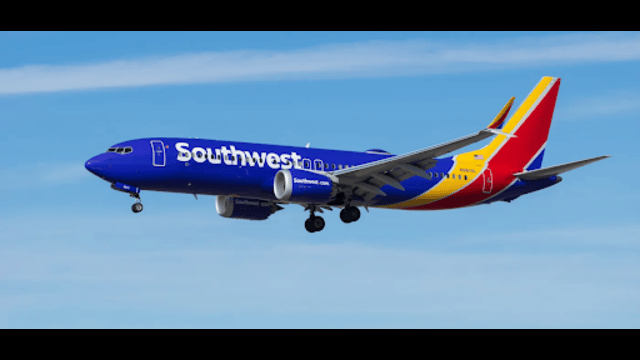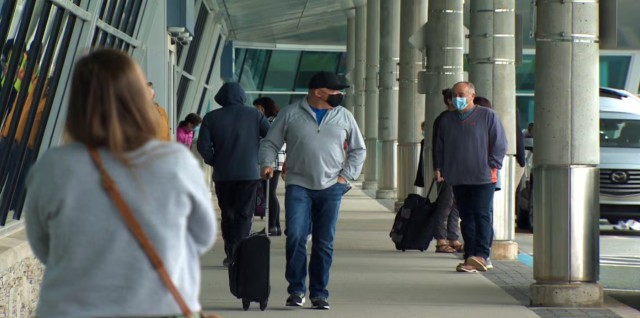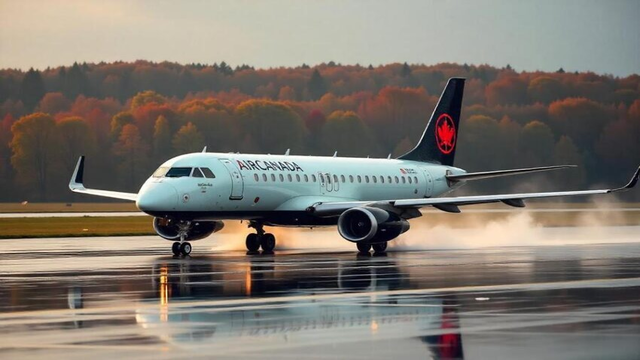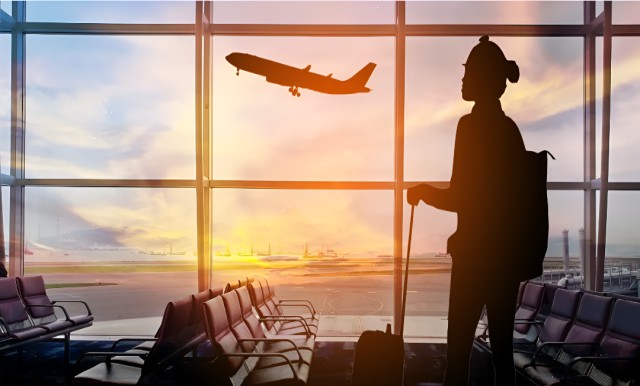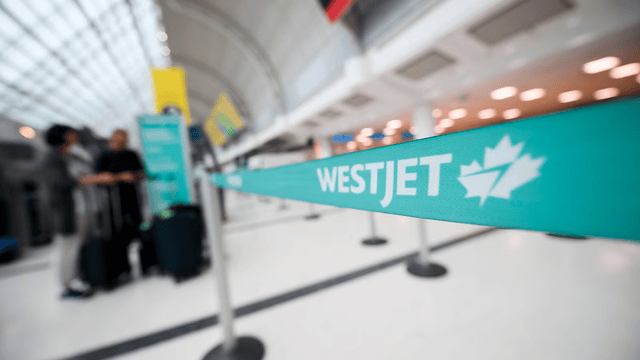
The WestJet check-in area at Pearson International Airport is photographed in Toronto, Saturday, June 29, 2024.
WestJet Airlines is pausing nine flight routes between Canada and the U.S. this summer. The decision stems from declining demand, fueled by political tensions and changing traveler behavior. This move reflects a noticeable drop in Canadian interest in visiting the U.S.
Political Climate Drives Down Demand
A key reason behind the cutbacks is increasing discomfort among Canadians over U.S. politics. Anti-Canada remarks from U.S. President Donald Trump have stirred backlash. His controversial claim that Canada should become America’s 51st state has not gone unnoticed. As a result, many Canadians are rethinking cross-border trips.
Major Routes Affected
One of the most notable cancellations is the new Vancouver-Austin service. It was scheduled to launch next week but is now delayed until at least October 2025. Other routes facing suspension include flights to Orlando, Los Angeles, and Chicago. These routes will be paused from June to August 2025. Some of them were exclusive to WestJet, leaving travelers with no direct alternatives.
WestJet Keeps the Door Open
Josh Yeats, a spokesperson for WestJet, said the airline is closely watching travel trends. “We continuously evaluate our schedule and remain open to resuming direct service on affected routes,” he stated. The airline’s priority remains aligning flight availability with passenger demand.
Canadians Look Elsewhere
Amid political disputes and uncertain relations with the U.S., Canadians are turning to other travel options. Many now favor destinations within Canada or across the Atlantic. The trend marks a notable shift in consumer behavior as more travelers steer clear of the United States.
WestJet Expands Domestic and European Services
In response, WestJet is boosting domestic flights and expanding European routes. New services from Halifax Stanfield International Airport will connect travelers to major cities in Europe. These include Paris (CDG), Amsterdam (AMS), and Barcelona (BCN). The airline is also resuming popular summer flights to London Gatwick, Dublin, and Edinburgh.
Air Canada Follows Suit
Air Canada is also reshaping its flight strategy. On May 5, 2025, the airline revealed plans to add new routes to South America, Mexico, Central America, and the Caribbean. Some of these changes stem from reduced U.S. travel demand and the arrival of new aircraft. The airline now operates the Airbus A220 and Boeing 737 Max, allowing greater route flexibility.
Earlier in March, Air Canada reported a 10% year-over-year drop in bookings for U.S. flights between April and September 2025. This decline has pushed the airline to pivot toward Latin American destinations and expand its presence outside North America.
Road Trips Staying Local
The travel shift isn't just limited to the skies. A recent survey by the Tire and Rubber Association of Canada found that 88% of Canadians would rather road-trip within Canada. Only 8% plan to drive into the U.S. This data supports the trend of Canadians pulling back from U.S. travel. Over half of those surveyed said they had canceled planned U.S. road trips altogether.
Airlines Adjust to New Realities
As travel preferences evolve, airlines are adapting. The focus is now on enhancing domestic options and exploring international growth. With fewer Canadians flying south, airlines are shifting resources to markets with rising demand.
WestJet and Air Canada are making strategic changes not only to survive current trends but to thrive in the future. Their evolving flight schedules show a strong commitment to serving the needs of Canadian travelers in a changing world.










